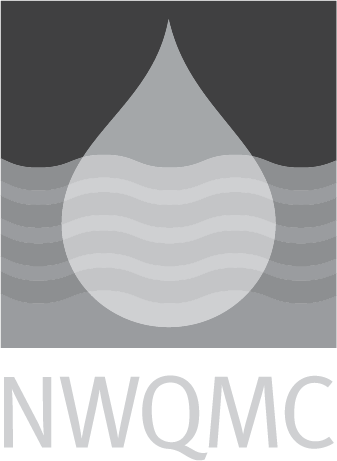USGS-NWQL: I-7900: Zinc, suspended recoverable, atomic absorption spectrometric
|
Official Method Name
|
Zinc, atomic absorption spectrometric, direct |
|---|---|
|
Current Revision
| 1972 |
|
Media
|
WATER |
|
Instrumentation
|
Flame Atomic Absorption |
|
Method Subcategory
|
Inorganic |
|
Method Source
|
|
|
Citation
|
Methods for the Determination of Inorganic Substances in Water and Fluvial Sediments, Techniques of Water-Resources Investigations of the United States Geological Survey, Book 5, Chapter A1 Edited by Marvin J. Fishman and Linda C. Friedman |
|
Brief Method Summary
|
Zinc is determined by atomic absorption spectrometry by direct aspiration of the sample into an air-acetylene flame. The procedure may be automated by the addition of a sampler and either a strip-chart recorder or a printer or both. |
|
Scope and Application
|
This method may be used to analyze water and water-suspended sediment containing from 10 to 500 ug/L of zinc. Sample solutions containing more than 500 ug/L need to be diluted or to be read on a less expanded scale. Suspended-recoverable zinc is calculated by subtracting dissolved zinc from total recoverable zinc. |
|
Applicable Concentration Range
|
NA |
|
Interferences
|
Magnesium at concentrations greater than 100 mg/L interferes unless other cations, such as sodium, are present in the sample. Individual concentrations of sodium, potassium, sulfate, chloride (9,000 mg/L of each), calcium (4,500 mg/L), nitrate (2,000 mg/L), iron (4 X 106 ug/L), and cadmium, nickel, copper, lead, cobalt, and chromium (10,000 ug/L each) do not interfere. Greater concentrations of each constituent were not investigated. Samples containing 100 mg/L of silica cause no interference; however, zinc recovery is approx. 10 percent low in samples containing 200 mg/L of silica. |
|
Quality Control Requirements
|
No QC requirements. Suspended recoverable zinc is a calculation. |
|
Sample Handling
|
NA |
|
Maximum Holding Time
|
NA |
|
Relative Cost
|
Less than $50 |
|
Sample Preparation Methods
|




